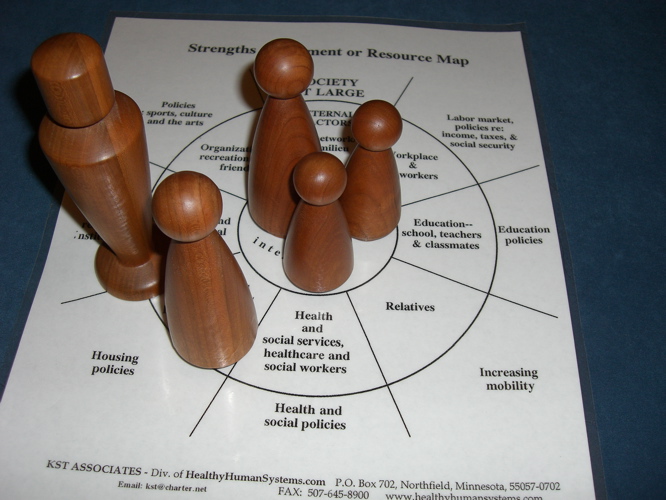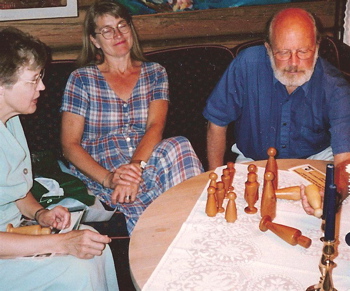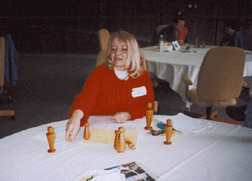Question: What’s especially appealing about the Kvebæk Sculpture technique?
- “My clients relate to it.. there is no one’s face on the figures. . . they use their imaginations”
- “I like the non-controlling aspect of it.”

Client sculpting resources
- “Very useful tool in supervising students–I have them use the figures to present cases.”
- “The concrete way it provides a window to view the client’s social network.”
- “The projective potential of the figures — It’s hands-on, and helps client get to unconscious material.”
- “Works better than traditional talk therapy—involves clients in the process from the beginning.”
- “Having something tangible to see and handle instead of writing helped maintain the focus of our kids”
Question: What features do you particularly like?

- “The easy-to-follow manual makes it is easy to use.”
- “The way the figures and grid provide structure and focus.”
- “It is a quick way to gather information about a client and their relationships.”
- “The possible uses are unlimited.”
- “Combines visual, tactile and verbal modalities.”
- “Provocative yet subtle.”
Question: What do clients say about it?

- “It’s easy to use.”
- “It’s simplicity helps me express myself with clarity and depth.”
- “I love the natural wood…the figures themselves draw me in to handling them–very appealing to touch and sight”
- “I find the figures to be great for depicting the people I want to talk about, and at the same time are non-threatening.”
Question: What do you see happening when clients use the KST?

- “The KST engages clients in telling their stories.”
- “It is helpful with diversity issues.”
- “It brings out affective awareness.”
- “I find it is specially helpful if my client does not verbalize well, or, perhaps is cognitively limited.”
- “It helps me know quickly who is in my client’s network.”
- “The technique evokes powerful meanings for clients.”



